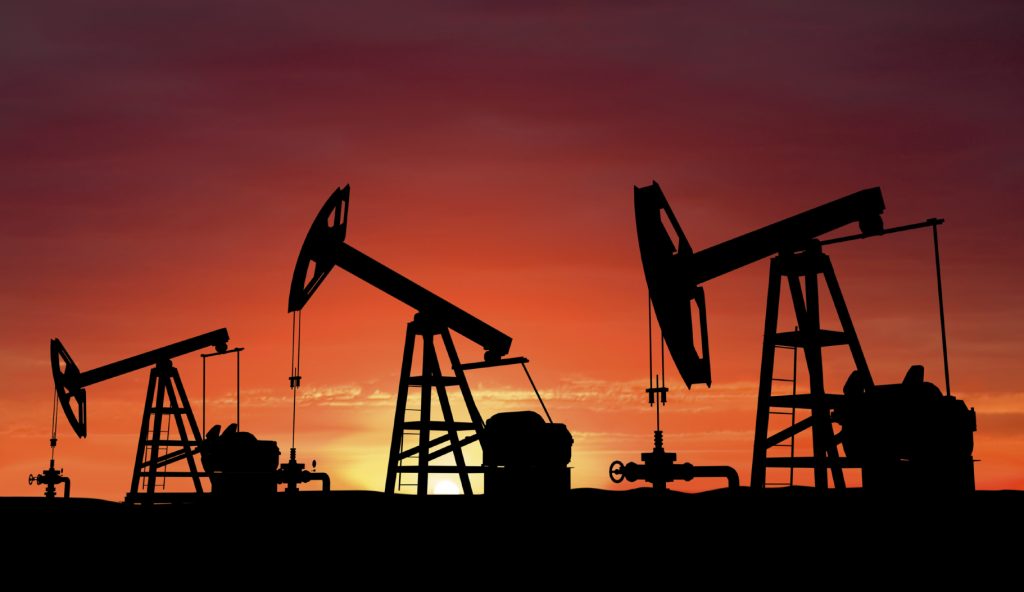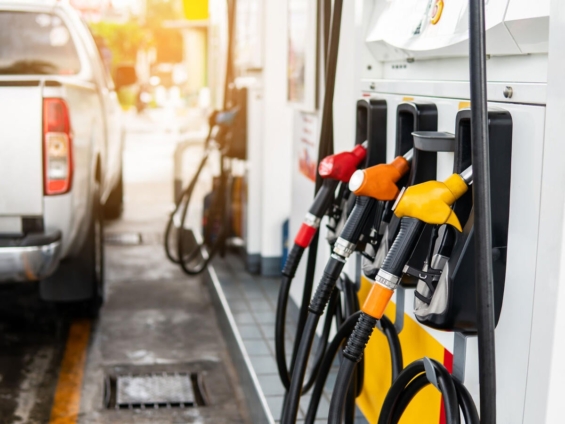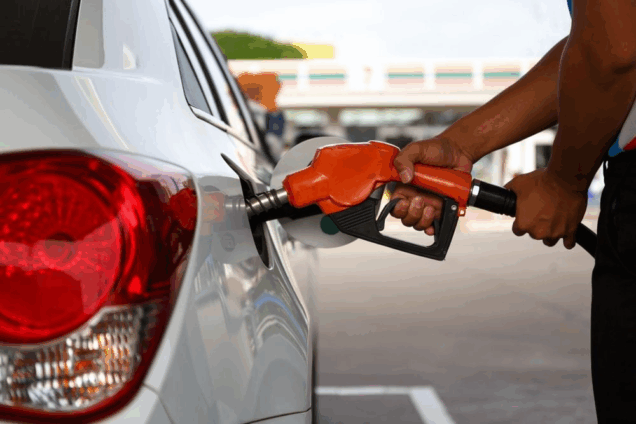The cocktail of dirty sticky stuff extracted from the Brent and other oil fields off Aberdeen is having a lot more impact on the world economy than it is on the Scottish election campaign.
The softening of Scottish economic performance – much of it driven by the weakness in the oil and sector, though probably not all – has barely registered in the campaign.
That may be because the worst appears to be over – or the best, if you’re an oil consumer, and most of us are.
The price per barrel of global benchmark Brent Crude ended April just above $47. Since dipping briefly below $30 in January, it has risen by nearly two-thirds.
That sounds a lot. And it is. But it’s worth remembering that the price is down by 30% on this time last year, and by 60% on its most recent peak, in June 2014.
Regional rivalry
So what’s going on, and what does it tell us about the future direction of travel?
Last month saw members of OPEC, the cartel of major oil exporters, fail to agree on a way of limiting production so as to push prices up.
It looks to some, such as Oxford Economics, as if the cartel is dead. Or like the Norwegian blue parrot, it’s resting. That is partly because two big players, Saudi Arabia and Iran, have a growing regional rivalry. It is also because non-OPEC members have much more influence on prices than used to be the case.
The price could have plummeted with that April failure to agree a freeze on production levels. But it didn’t. It barely stumbled, and then continued its rising trend. Now, oil industry analysts are pointing to a continuing upside to the price. The boss of the International Energy Agency was the most recent to do so, commenting over the weekend.
OPEC is next due to meet again in Vienna on June 2. But having ridden out the last failure to agree, and with prices rising despite that, there is less pressure to do a deal.
Shale oil
The Saudis left little doubt that their decision in late 2014 to retain production levels in order to sustain market share was intended to drive their new US rivals out of production.
Shale oil had followed on the shale gas boom in the USA. It helps explain why the country’s crude oil production rose 57% between 2012 and 2015.
But the nature of a shale well is that it depletes in up to a couple of years, and then the reservoir has to be re-fracked.
There are only around half the shale rigs drilling in the US than there were a year ago. The low price has meant that it’s not been worth going after more. Indeed, US shale drillers are in a lot of financial distress.
North Sea oil workerImage copyrightShell
Supply remains one million to two million barrels per day more than demand. The fall of US output should help ease back on that over-supply. It represents more than half of the 700,000 barrels per day decline in non-OPEC output expected this year.
But America’s frackers are ready to come back, if the price does. They will probably start doing so at around $55. The International Energy Agency estimates that Texas and the Dakotas kick back in at $60 to $65, and could then take a year or so to return to steady production.
Before then, a rising price will lead to the release into the market of large stocks of oil that have been built up in the past 18 months. Commercial reserves in the OECD more developed nations, according to the International Energy Agency, stand at more than three billion barrels.
That $60 to $70 range is seen as the most likely one for the price to stabilise, at least for a while.
Sanctions and civil war
Back in the heart of OPEC, around the Persian Gulf, Iran is determined to ignore the cartel’s pressure to keep total supply suppressed.
Having been allowed to export since January, the Tehran government wants to get back to what it was producing before sanctions were imposed in 2011, and a bit more.
It was then at 3.5m barrels per day, and according to industry analysis from Platt’s consultancy, it’s nearly back to that level. It has stated that it wants to average 4m barrels per day this year.
Much of that is currently going to refineries in India and South Korea. It has recently become easier to insure tankers sailing out of Iran, meaning it will play a more significant role in supplying Europe in coming months.
That’s out of more than 95 million barrels produced globally each day, more than 10m of them from Saudi Arabia. which is part of more than 32m from OPEC countries. That OPEC figure is reckoned by Reuters surveying to have crept up again in April, helping to explain a fall in price at the start of the first, low-volume trading day of May. (If it helps get a sense of scale, the UK’s output of oil and its gas equivalent has risen recently to 1.5m barrels per day.)
Iraq is also ramping up post-war production, reaching 4.16m barrels per day in March.
But some other countries are seeing it fall. Nigeria has disruptions from vandalism and attacks on its infrastructure.
Venezuela’s economy is in dire straits and Libya faces a civil war, so both have seen output cut by a shortage of power necessary to operate production plants. Oil extraction requires a lot of energy.
Black stuff
Then there’s the demand side of the imbalance. Last year saw demand growth strengthen a bit, having dipped with the stalling of emerging market growth.
A more recent analysis from the IEA suggests that it is continuing to rise to 1.2m barrels per day more this year. That’s a slower rate of rise than the back end of 2015, as China, Europe and the US demand eases. But while it’s rising, it helps close the gap between demand and supply and get the market more balanced again.
And there’s another factor – the mighty greenback. The US dollar has weakened by around 6% against a basket of currencies since the start of the year, and that helps drive up the cost of a dollar-denominated commodity.
Unlucky drillers
What about the longer term? In a brave bit of forecasting, Edinburgh-based Wood Mackenzie energy consultancy last week put out a warning of a huge, 4.5m barrels per day supply shortage. That, it suggested, could be with us in 2035.
The reasoning for this is that the industry has become much less effective, or lucky, at finding new oil reserves.
Even before the price slump cut exploration budgets by 40 to 50%, the annual discoveries of liquid reserves of hydrocarbons fell by roughly half between 2008 and 2015. The average year has seen around eight billion barrels of oil found. Last year, it was less than three billion.
A much harder calculation is how much demand there will be if the world’s oil users are to meet their commitments to climate change targets.
If governments are true to their word, with written agreement of the Paris accord signed in the past few days, and if technology helps renewable power replace fossil fuels, the oil market 19 years from now may look very different
–
BBC





